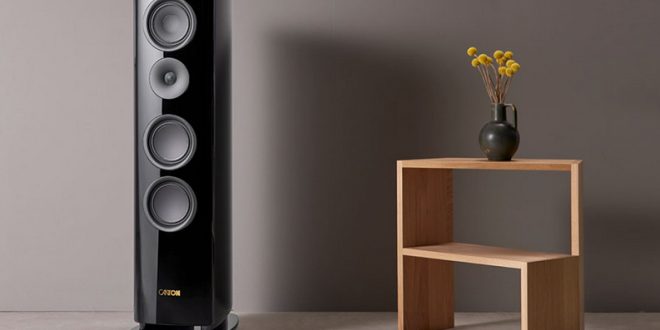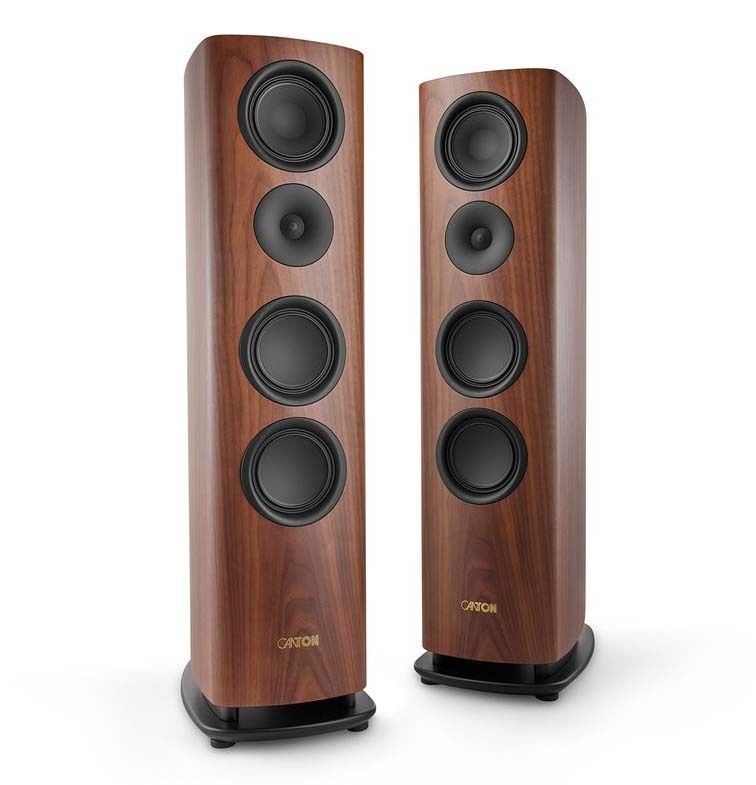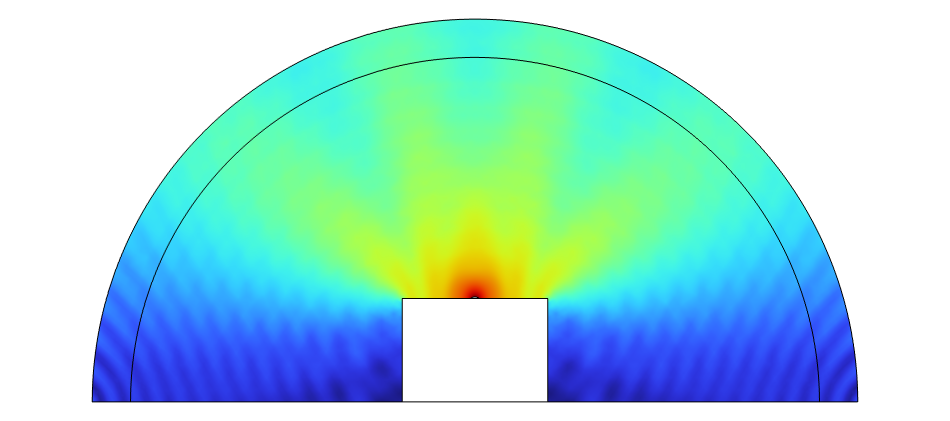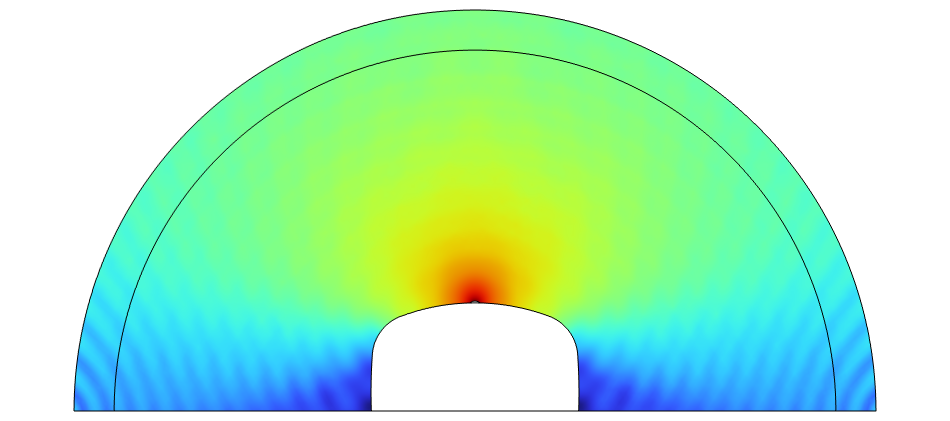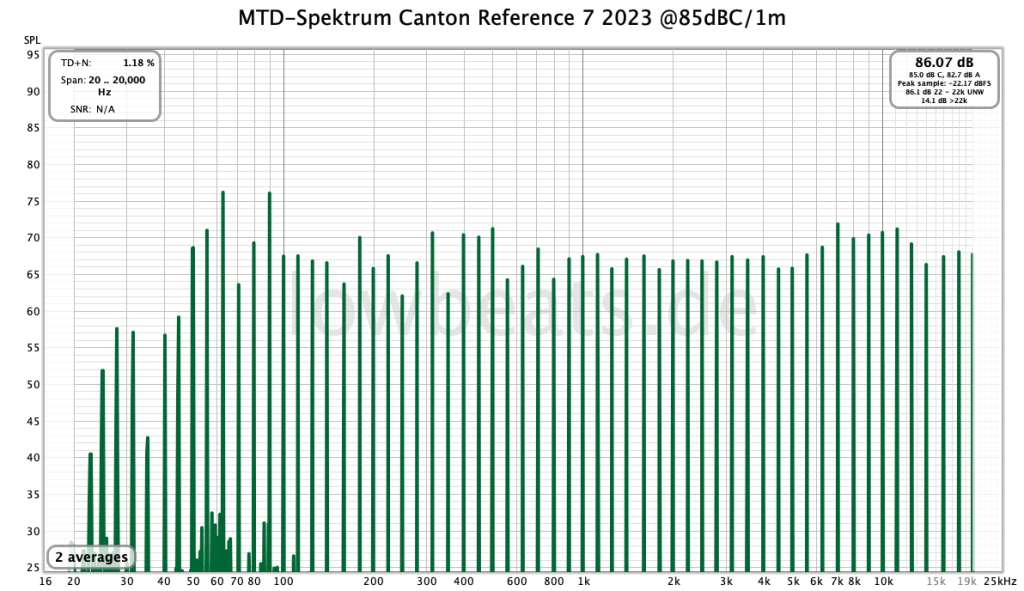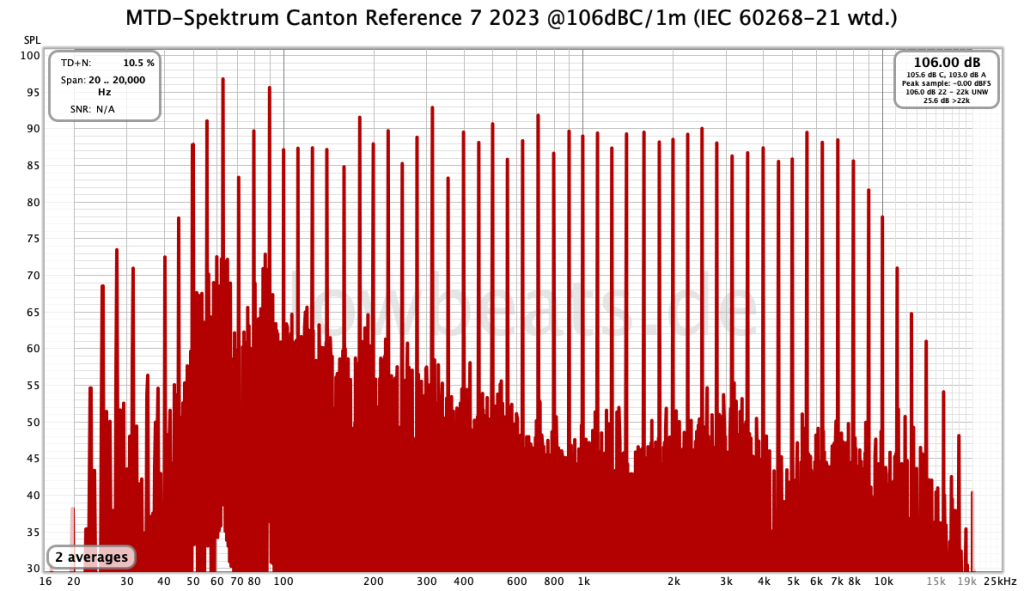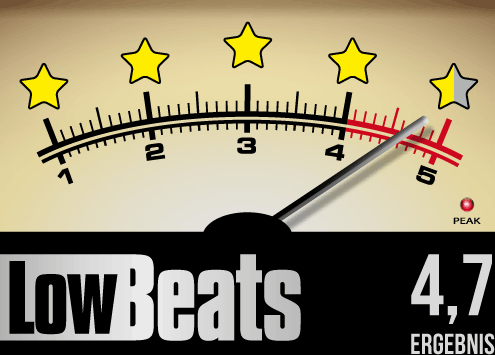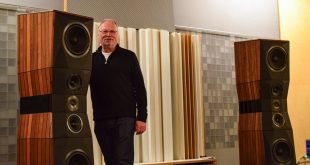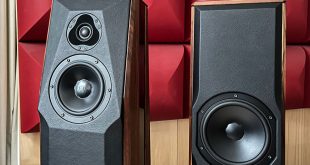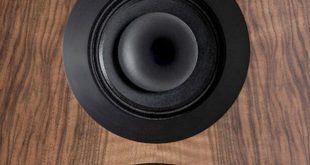Canton’s Reference series is entering its fourth generation, which the Hessians have given the suffix “2023” for the sake of better differentiation. Each of these generations had something special. However, the current 2023 series immediately catches the eye with its particularly high level of living space friendliness: Many curves create a wonderfully organic whole. But if you take a closer look and listen, you quickly realize that real progress has also been made in terms of sound. We “only” tested the smallest floorstanding speaker in the range, the Canton Reference 7. But it has already caused quite a stir in the editorial team…
As a hi-fi tester, you can’t help but bow to the Reference. In every series, Canton has managed to pack an enormous amount of sound with majority appeal into great cabinet qualitys. So what else could be added in Generation 4? It is – apart from the new housings – an improvement in small steps. In all places. But first things first.
What’s special about the Canton Reference 7
First of all, there is the matter of the housing. Legend has it that Managing Director Christoph Kraus came up with the idea during a brainstorming session for the new series: there are no more straight surfaces, everything should be organically rounded. No sooner said than done. But what the designers created with great verve and a light hand first had to be implemented by the carpenters – which probably took a little longer. In any case, a lot of brainpower had to be invested…
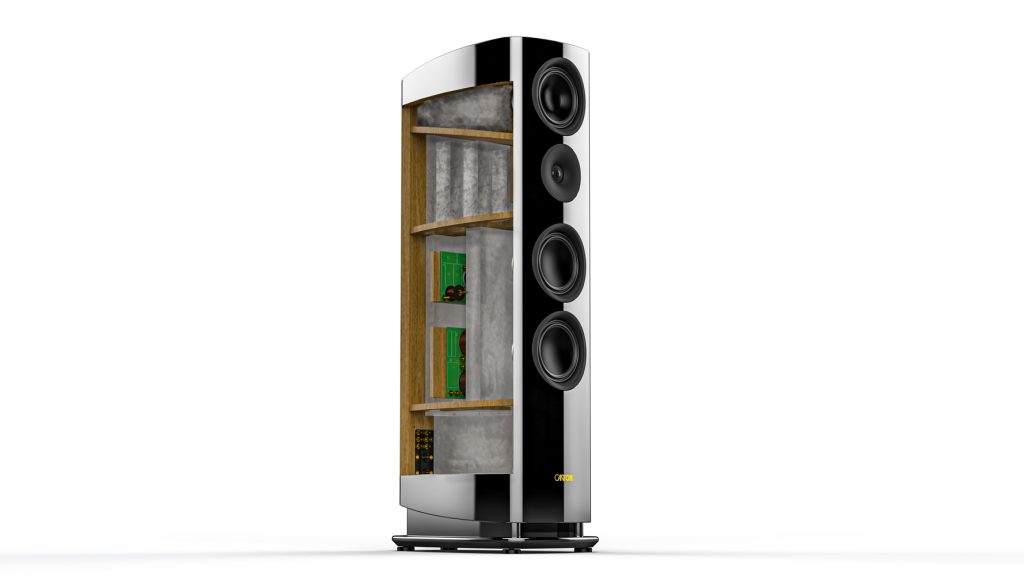
These curves are always particularly complicated on the baffle. After all, the drivers – i.e. woofers, midrange and tweeters – do not have a curved basket that fits snugly. With B&W or Fyne Audio, for example, the driver baskets simply protrude from the baffle. Not everyone likes that. The baffle of the Reference 7 is 51 millimeters thick, so the curves could be milled from solid material. The highlight is a matching ring made of low-resonance polyoxymethylene (POM) – the material that many turntable manufacturers like to use for their platters.
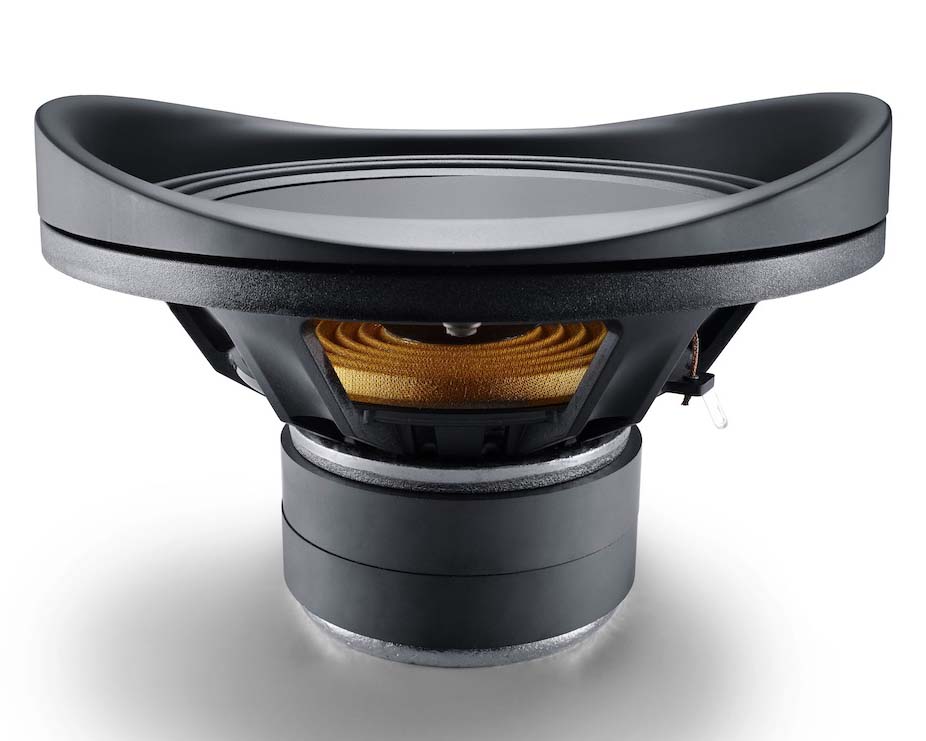
And this specially made adjustment ring makes it possible to integrate the straight line in the round inconspicuously. This is simply a good solution. But why all the effort? Just to make it look a little prettier? Of course not. The rounded baffle shape also has its advantages acoustically: The radiation is wider – as the simulations show:
The rear panel is also unusually solid at 36 millimeters thick – the curves are milled off here too. The side walls, on the other hand, consist of various layers of thin MDF, which are bent and calmed by intermediate damping layers. They are also still 20 millimeters thick. It all feels good to the touch and also makes an excellent impression in terms of workmanship. The composition of the curved housing parts is also noticeable in the weight: The small floorstanding speaker weighs a whopping 33 kilos.
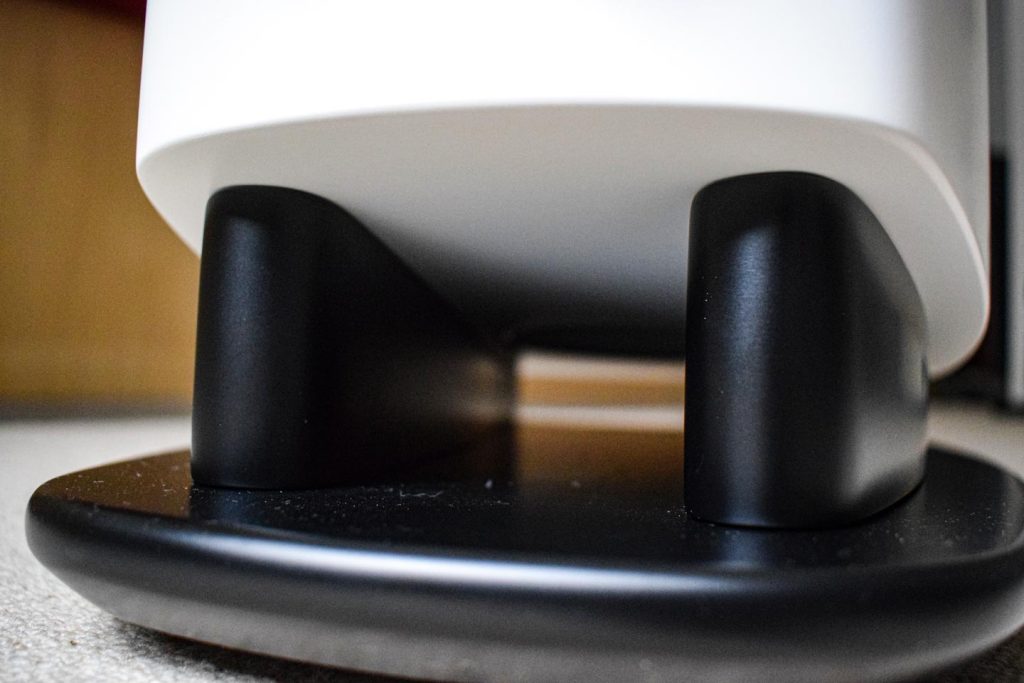
The Reference 7 is a classic 3-way design: with two 15.4-centimeter bass drivers and a mid-bass driver of the same size, which sits enthroned on top of the baffle. While the predecessors of these line speakers came with gray cones, the new cones are black. What sounds rather banal is not at all in this case: the black of the new membranes is created because the ceramic/tungsten (BCT) compound is in the oxidation bath for longer. This costs money and energy but, according to Canton’s chief developer Frank Göbl, leads to a higher internal damping of the rigid membrane.
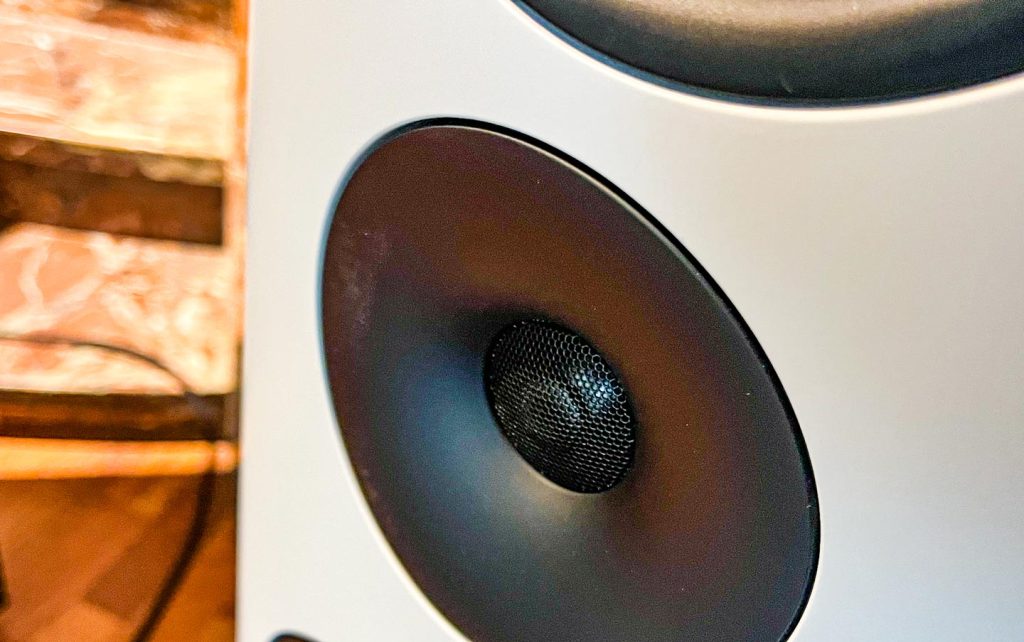
Ultimately, however, it doesn’t matter where you look: It’s all cleverly thought out and neatly done. Incidentally, this extends to the interior cabling. Here, Canton uses branded in-akustik products that are specially optimized not to be excited by the high pressure in the cabinet. This also shows how precisely Canton works, even on a small scale.
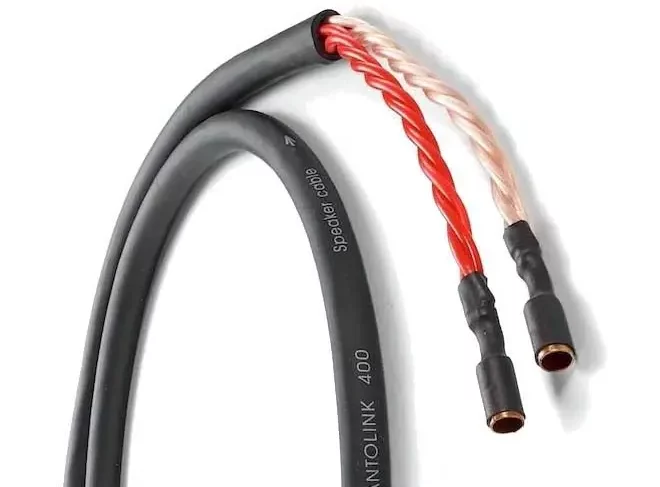
Practice
As expected, we find the connection panel on the back of the Reference 7. It is pleasing that it is equipped with a bi-wiring connection in the form of the WBT NextGen sockets, which have an excellent sound quality. We also find an option here to adjust both the mid and high frequencies in two steps. To do this, simply place the metal bracket on the corresponding connection.
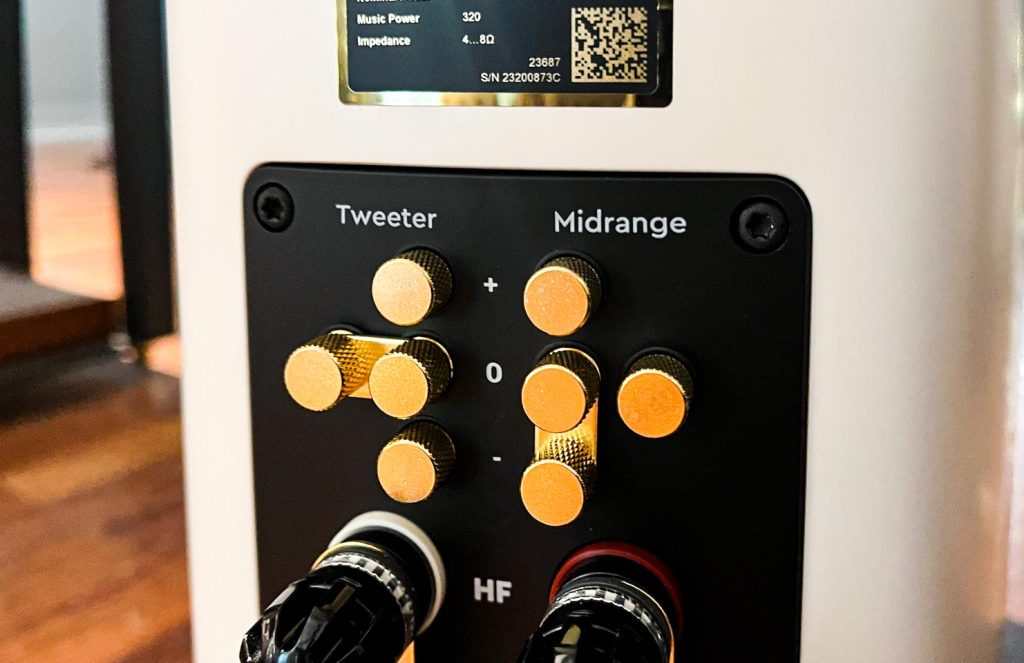
The measurement shows that the influence is obviously not that great. In the mids, these filters only have an effect in the range between 100 – 400 Hertz and with an intensity of around +/- one decibel. They are almost more discreet in the treble range.
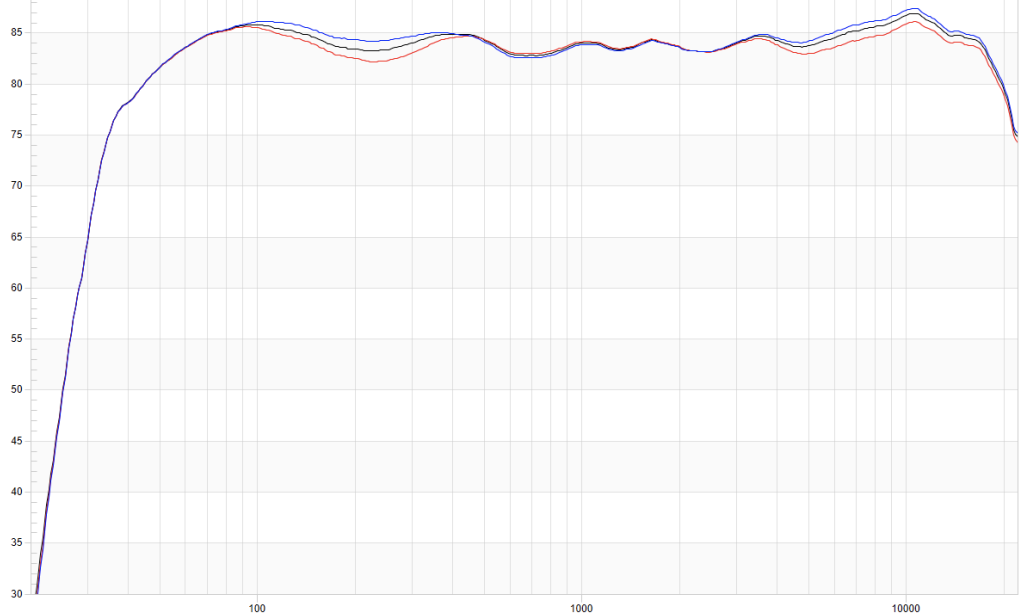
Nevertheless, the changes in the mids in particular are surprisingly audible and make the Reference sound a little more voluminous when the mids are lowered, for example. However, the neutral setting was the best in both of our very different listening rooms.
For as long as I can remember, Canton has always stood for high level stability. Of course, this also applies to the smallest floorstanding speaker in the Reference series: test laboratory manager Jürgen Schröder measured a (largely undistorted) continuous level of 106 decibels. That’s a lot for a floorstanding speaker that can still be classified as petite – and a clear indication that the consistent driver development at Canton reliably stands for ever-increasing power handling and low distortion.
But also the fact that Canton has the high-pass filtering (for a long time it was called “DC” at Canton) absolutely under control. As a reminder: a cleverly placed high-pass filter removes the lowest bass frequencies, thus increasing operational reliability and pushing a little more bass energy into the range between 40 and 100 hertz.
In the past, the use of these high-pass filters at Canton was also associated with sometimes terrible impedance minima. There is nothing, but absolutely nothing, of this to be seen today. The combined measurement of impedance, phase and EPDR shows the Reference 7 to be a pleasingly frugal speaker in electrical terms.
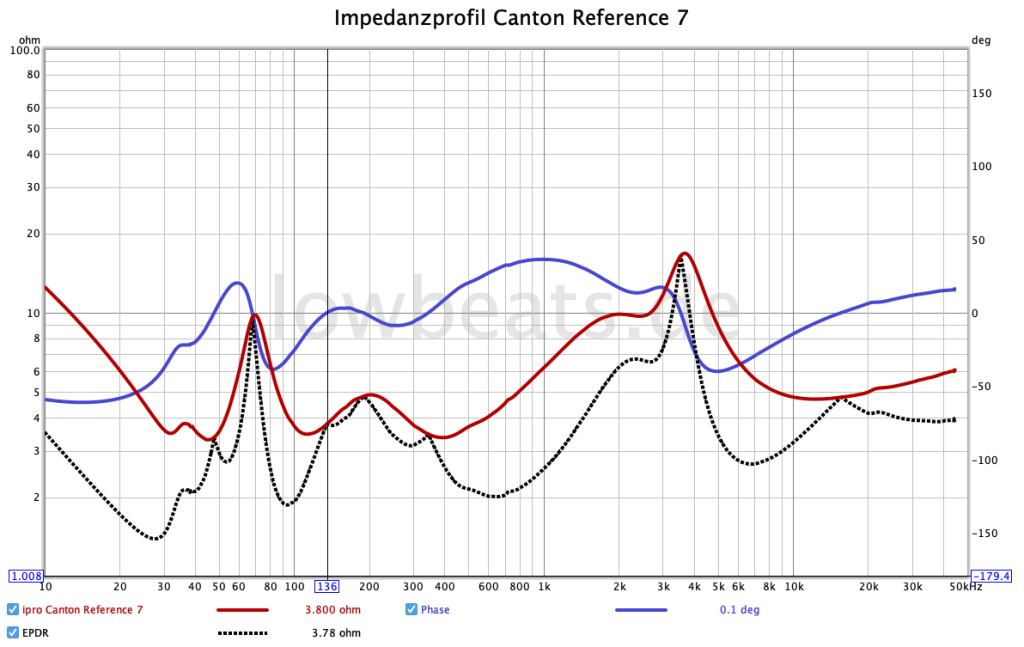
Based on this measurement, you can basically connect any amplifier to the Reference 7. But in order to sound out their level reserves, we naturally connected appropriate amplifiers such as the Rotel RA-6000 or Soulnote A-2. That was really great. But we also did a test run of the Reference 7 on the small 300B amplifier from Westend Audio, the Leo Now you could say: “That’s completely out of touch with reality: a 6,000-euro speaker with a 12,000-euro amplifier.” But in terms of sound, it was pretty close to the absolute top class in many areas…
Hearing test
In the large listening room, the Cantons were of course connected to our Canor reference combination, consisting of the Hyperion P1 preamplifier and Virtus M1 mono power amplifiers. The Canor tubes can sound so subtle, but also develop so much bass boost – they get everything out of a speaker.
In the case of the Reference 7, we initially found it difficult to assign it any outstanding characteristics at all. The sparkling clean neutrality that this speaker conjures up from its cones is first class. For a long time, Canton loudspeakers liked to sound juicy in the bass and quite brash in the treble. Those days are clearly over. The high precision and fine transparency with which the Reference 7 presented Andrea Kleinmann’s harp (album “Saitenwind”) in the listening room, for example, is something I would not have expected from the small floorstanding speaker in this form.
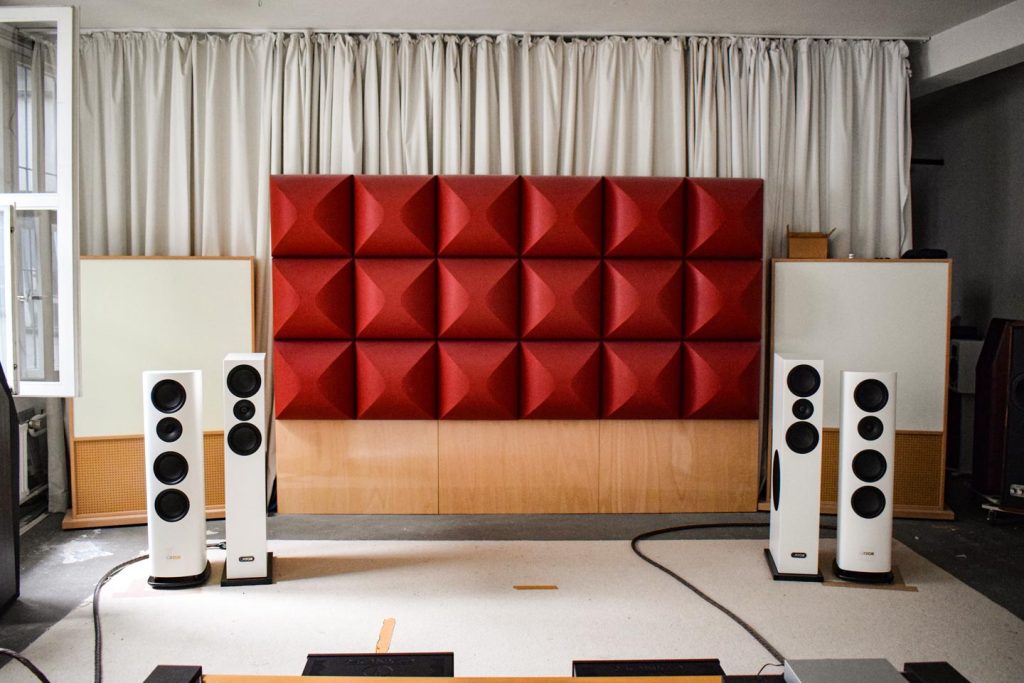
In the past, the Cantons would have pushed a comparatively lush belly in front of them in the upper bass range and thus exuded a cozy bass warmth. Not so with the Reference 7: the bass strings buzzed with wonderful precision and speed, the basses bounced and the timpani came with a robust punch. Not that we misunderstand each other: The small Reference is by no means lean in the bass, but compared to earlier Canton designs it is simply really clean and good.
When we compared the Canton Karat GS with the A45 in our test three months ago, we were somewhat amazed at how much more open and finer and more authentic the new Karat played in comparison to our long-standing reference in this class. The same amazement was on our faces again when the Reference 7 competed against the Karat GS. These are not worlds apart, but in almost all areas the Reference plays the piece finer, more open, more powerful and ultimately more authentic.
The superbly recorded “Hjem” by the Randi Tytingvåg Trio shines above all with the Norwegian’s excellently captured voice. With the Reference, not only were significantly more micro-details audible, but the entire fundamental range was cleaner, more purified – which raises the vocal reproduction to the next level. I don’t even want to say that the Reference is significantly more spacious than the Karat GS – and yet its reproduction is more physical and powerful.

Let’s make a long story short: We listened for a long time and found nothing that would offend the rather different preferences of the various LowBeats testers. That means a lot…
Conclusion Canton Reference 7
Canton loudspeakers have always been popular in their own way, because they also appeal to music lovers who would not necessarily describe themselves as “audiophiles”. But with the new Reference line – at least with the Model 7 – Canton is now taking a big step towards extremely demanding music lovers: I have never heard a Canton in this class so clear, so natural and so good. And then there’s the superbly made housing and the largely undemanding nature of the connected amplifier. It would be cheap to say that the current Reference 7 is the best Reference 7 since Reference has been around. But that’s exactly how it is. And with this, Canton raises the bar in this class by several centimeters: Bravo!
Rating
Sound QualityUsabilityBuild QualitySummary |
| The rating always refers to the respective price category. |
| | Wonderfully grippy, present-fine and balanced sound image |
| | Stable bass range, very level stable |
| | Sensitive adjustment of mid and high frequencies |
| | Great workmanship |
Distribution:
Canton Elektronik GmbH + Co KG
Neugasse 21 – 23
61276 Weilrod
www.canton.de
Pair price (manufacturer’s recommendation):
Canton Reference 7 (black + white): 6,000 euros
Canton Reference 7 (walnut): 6,600 euros
Technical data
| Canton reference 7 | |
|---|---|
| Concept: | 3-way floorstanding speaker, bass reflex |
| Fitting: | HT: 1 x 25 mm, TMT: 1 x 15.4 cm, TT: 2 x 15.4 cm |
| efficiency: | 87.0 dB (2.83 Volt /1 meter) |
| Max. level (duration / peak): | 106 / 118 dB |
| Effective power requirement for max. level: | 270 watts |
| Dimensions (W x H x D): | 28.0 × 98.0 × 43.0 cm |
| Weight: | 33.0 kilogram |
| All technical data | |
Players:
Test integrated amplifier Soulnote A-2
Test Westend Audio Leo: 300B tube amp with 2 x 20 watts
More about Canton:
Test floorstanding speaker Canton Karat GS
LowBeats History: a look back at 50 years of Canton
Flat subwoofer comparison test: Canton, Heco, Nubert
Canton Sound L sound deck in test: all the fun on deck
Test compact speaker Canton Vento 20
Test multimedia floorstanding speaker Canton Smart Vento 9
Test Canton Smart Soundbar 10: Top sound with Dolby Atmos
Family test Canton Anniversary Series: A 55, A 45, A 35 and A 45BS
Background: Canton DC – more bass, less distortion



